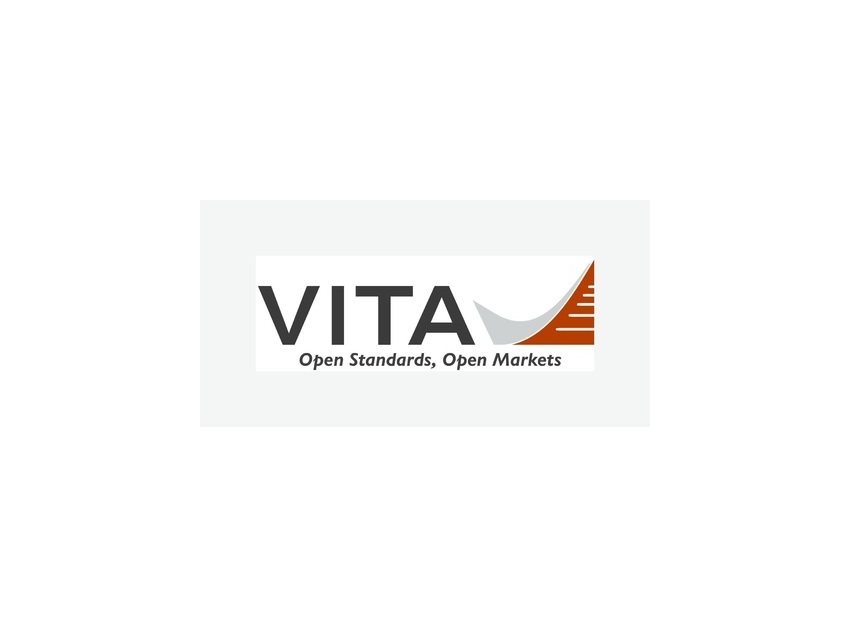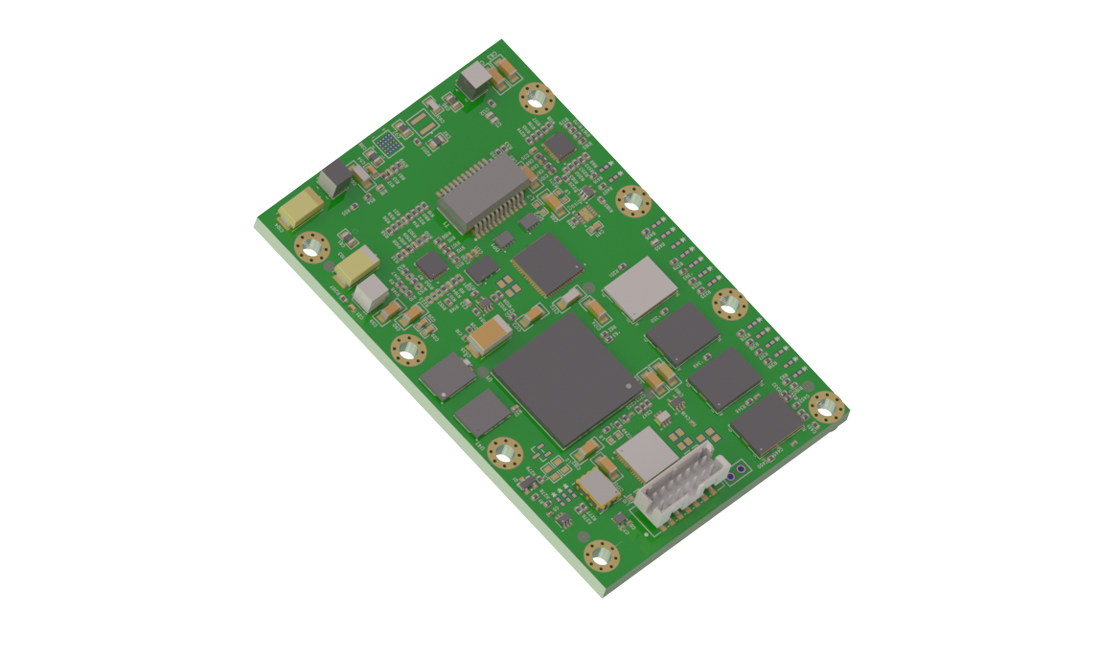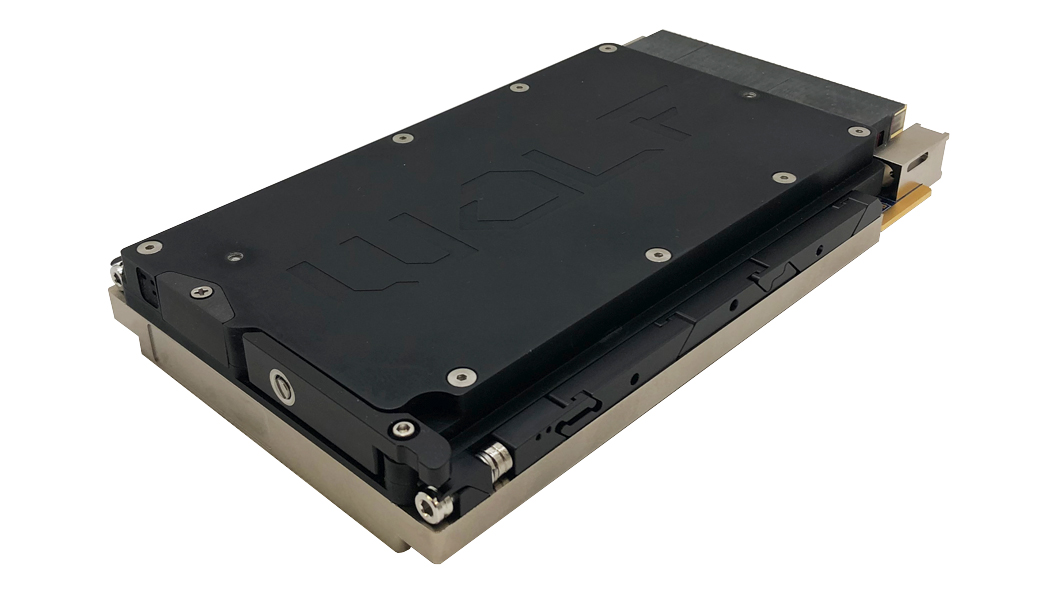On February 15, I received a text message from AT&T on my iPhone:
“AT&T is increasing the amount of data included in your DataPro Tethering plan from 2 GB to 4 GB. … The monthly charge … will not change …”
Wow! I won the data jackpot and just got 2x more for my money. But why? It’s because Verizon was soon to launch its iPhone with (then) unlimited data plans, and AT&T didn’t want to see me defect. In essence, the Verizon competition forced AT&T to up the ante to keep its customers happy and want to stay put. Competition has a funny way of leveling the playing field, keeping prices down1, and forcing competitors to find new ways to stay in the game. This happens all the time in the COTS industry, and military programs are the beneficiaries.
Let’s deviate from smartphones for a moment, with a counter example. Before Secretary of Defense William Perry’s famous “Perry Memo,” MIL-SPEC ICs were still available and controlled by DESC drawings. Manufacturers took a hard look at sales forecasts before committing to a new device in 883 or 38510 flavor since although the price was 10x higher, so were the costs. Class S devices for radiation were even higher: typically 100x. This wasn’t sustainable as the PC market exploded, since more money could be made on new ICs like modems, DSPs, and microcontrollers – which, incidentally, were designed in and out of systems roughly every 18 months on the “COMDEX cycle.”2
Perry’s Memo told DoD designers to use whatever IC met the ORD, essentially creating competition for the stoic MIL-SPEC ICs. One result: The nonmilitary PowerPC (PPC) got deployed and blew the doors off of 68000 CPUs, and the PPC’s AltiVec brought mainstream DSP processing to any high-rel system. Slot count in ATR boxes declined as horsepower/box increased with other processors and FPGAs. Image, radar, and SIGINT processing systems like Rivet Joint blossomed with unheard of capabilities. As well, heavy processing boxes like BAE’s ATIRCM with Common Missile Warning System got the chance to prove themselves in lifesaving airborne countermeasures. Civilian ICs helped out a lot.
It’s a good thing that competition even happens within the established military industry. VME – the military’s favorite rugged board type – started to get stagnant as the limitations of 80 MBps parallel backplane buses mounted. System engineers watched the personal computer switch from PCI to LVDS-based serial “buses” like PCI Express. Heck, why couldn’t VME switch to a serial backplane? VPX, and later interoperable OpenVPX, became available. There were more than 20 OpenVPX vendors listed in our online database (www.vmecritical.com/products) in 2010, up from only 10 in 2009. In 24 months, we’ve logged 261 VPX or OpenVPX products in our online database, too. It took years to get this many VME products. Competition is still a good thing.
Yet VPX itself is under pressure from Small Form Factor (SFF) rugged “shoeboxes,” designed for myriad rugged non-mil applications but easily adapted for military use. Parvus (now part of Eurotech) pioneered this concept in the 1990s with their rubber-bumpered boxes, and now VME vendors Curtiss-Wright, Kontron, Themis, and others build application-specific SFF shoeboxes. GE’s latest, the oddly named CRS-C2P-3CC1, is stuffed with CompactPCI while similar products from Kontron/AP Labs use COM Express. Who cares what’s inside the box?
VITA, the VME standards organization, recognizes the competing trend toward SFFs and shoeboxes and has launched three new standards activities. VITA Executive Director Ray Alderman cites SFFs as a growth area in his “2011 State of the VITA Technology Industry” white paper just published as we went to press. Competition in this segment will come from PC/104 stackables and PICMG COM Express vendors such as the Taiwanese heavyweight Advantech. And if an LCD is involved in the system, look for industrial and kiosk rugged panel PC competitors such as IEE and VIA. An SFF or shoebox is increasingly a better choice in some systems than VME or VPX.
Lastly, whether software for military platforms was done in-house or purchased from established RTOS vendors like Wind River, today’s COTS choices are numerous. Besides flavors of Windows running on extremely capable Intel Atom or Core processors, there’s Google’s Chrome, Linux, and Android. Since its introduction in 2009 in smartphones, Android-based devices now control 29 percent of the U.S. market, said analyst firm Nielsen in their report published in January 2011.
Android’s shake-up in civilian smartphones has spilled over into defense as well. According to Jaime Rubscha, Practice Lead, Defense Programs at DoD contractor Product Development Technologies, the market is booming in Android accessory platforms for the warfighter. Primes like Boeing, Harris, and Thales are looking for wearable Android-based computers, biometric sensors, and GPS units to bolt onto JTRS-like, high-bandwidth tactical radios. Five years ago, it would’ve been ludicrous to consider using a cell phone OS in a soldier’s computer. Yet now, because of competition in the red-hot smartphone market, a warfighter can even download a mil-only RECON Android app on a scout mission.
Chris A. Ciufo, Editor [email protected]
1 This even works with airlines, though oil north of $100 a barrel has ended airline price wars as they all raise fares. The International Air Transport Association estimates 29 percent of operating costs are in fuel. No amount of competition can erase this away.
2 Now dead, COMDEX was the biggest industry tradeshow. Today, that honor goes to the Consumer Electronics Show (CES), where this year 20+ new tablets were born and Internet-enabled TVs are a consumer reality.






